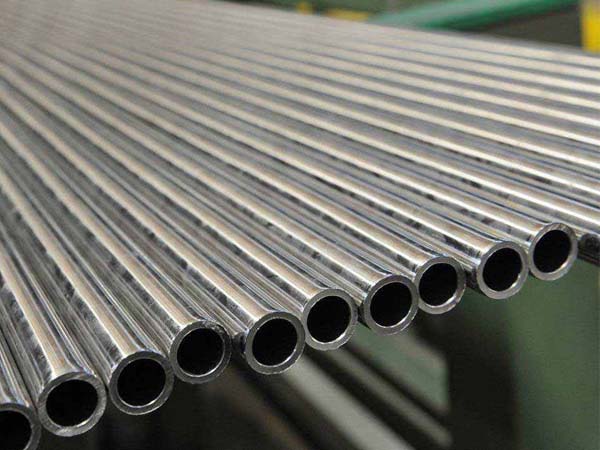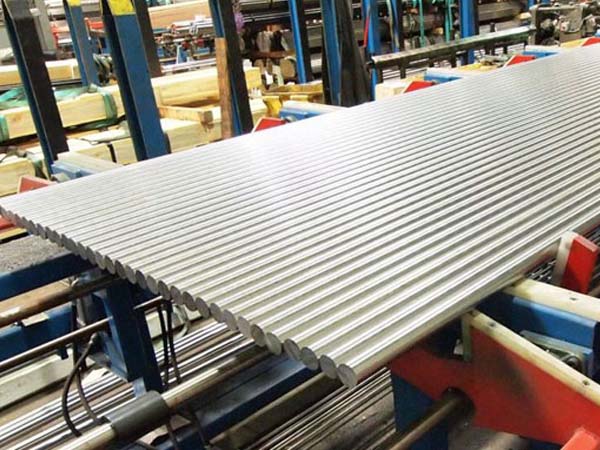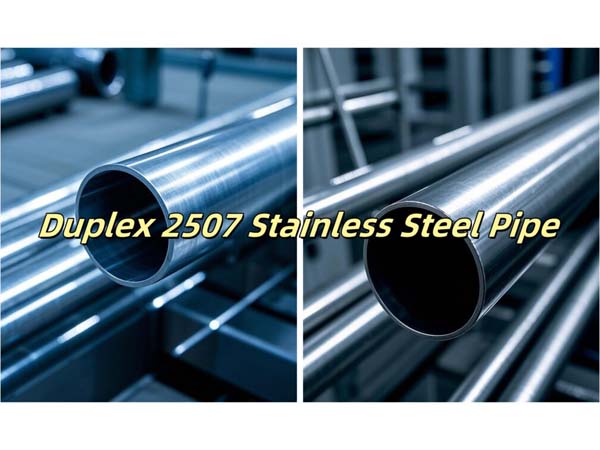





Phone
+86-731-82250427
Address
25th floor, C3 Building, Wanda Plaza, Kaifu District, Changsha, Hunan Province, China.
 Jan 24 2024
Jan 24 2024UNS N07080 (Alloy 80A, W.Nr. 2.4631, Nimonic® 80A) is a nickel-chromium alloy that can be wrought and age-hardened. Strengthened through the addition of titanium, aluminum, and carbon, this alloy is designed for use in environments with temperatures reaching up to 815°C (1500°F). The manufacturing process involves high-frequency melting and casting in air for forms that will undergo extrusion.
Gas Turbines: Turbine blades, turbine discs, and combustor cans
Aerospace Industry: Aircraft engine components, exhaust systems, and afterburner parts
Nuclear Industry: Reactor core components and fuel handling systems
Chemical Processing: Reactors, heat exchangers, and furnace components
Automotive Industry: Exhaust valves, turbocharger components, and piston rings
Power Generation: Steam turbines and boiler components
|
Material |
Ni |
C |
Cr |
Si |
Cu |
Fe |
Mn |
Ti |
|
Balance |
0.10 max |
18.0 - 21.0 |
1.00 max |
0.20 max |
3.00 max |
1.00 max |
1.80 - 2.70 |
|
Material |
Tensile strength |
Yield strength 0,2 |
Elongation |
Hardness HB30 |
|
N07080 |
800-1000 N/mm² |
550-750 N/mm² |
30-40% |
200-250HB |
Nimonic 80A showcases commendable corrosion resistance, especially in high-temperature and corrosive settings. Its outstanding oxidation resistance renders it well-suited for elevated-temperature applications. Alloy 80A effectively resists corrosion in acidic and alkaline environments, making it apt for chemical processing. Moreover, its resistance to stress corrosion cracking makes it a fitting choice for applications subjected to both stress and corrosive conditions.
Nimonic 80A can undergo heat treatment to attain desired mechanical properties and optimize its microstructure. The heat treatment processes typically involve heating the material to specific temperatures, holding it at those temperatures for a designated period, and then cooling it at a controlled rate. For example, for extruded bar, the process involves 8 hours at 1080°C (1976°F) with air cooling, followed by 16 hours at 700°C (1292°F) with air cooling. In the case of cold-rolled sheet, the process includes 2-3 minutes at 1150°C (2102°F) with fluidized bed quench, followed by 20 minutes at 1040°C (1904°F) with air cooling, and finally, 4 hours at 750°C (1382°F) with air cooling.
Heating processes like heat treatment can be applied to Nimonic 80A by adhering to recommended temperature and time parameters for achieving specific properties. Pickling, using compatible acidic solutions, is another viable method for impurity removal, but careful execution is essential to avoid corrosion or surface damage. It is critical to consult technical data, adhere to manufacturer guidelines, and seek expert advice to ensure proper procedures and minimize the risk of adverse effects.
Nimonic 80A can undergo both hot and cold forming, with specific processes and parameters depending on the desired shape, size, and application requirements.
Hot Forming: Nimonic 80A is more ductile and easier to form at elevated temperatures. Techniques like hot forging, hot rolling, and hot extrusion are used, heating the material to approximately 950 to 1150°C (1742 to 2102°F). This enhances plasticity, allowing it to be shaped as needed. Precise control of the heating temperature and cooling rate post-forming is crucial to maintain desired material properties.
Cold Forming: While Nimonic 80A can be cold formed, it's more challenging due to its high strength and limited ductility at room temperature. Cold forming methods include cold rolling, cold drawing, and cold bending. Mechanical forces are applied at or near room temperature to shape the material. Specialized equipment, tooling, and lubrication may be necessary to minimize the risk of cracking or material failure during cold forming.
Nimonic 80A should be in a fully heat-treated condition for all machining operations. The elevated material hardness in this state demands the implementation of precise and stringent machining techniques.
Nimonic 80A can be easily joined using various resistance welding processes. For section thicknesses up to approximately 5 mm, fusion welding through conventional methods like T.I.G. or M.I.G. is suitable. When dealing with section thicknesses exceeding 5 mm, successful welding methods include electron beam, friction, inertia, and flash-butt welding. Standard precautions for welding nickel alloys should be followed, and welding should be conducted on solution-treated material. Post-weld heat treatment is essential to achieve optimal properties.
Ø Bar & Rod
Ø Plate & Sheet
Ø Coil & Strip
Ø Pipe & Tube
Ø Fitting: Flange, Tee, Elbow, Reducer etc.
Ø Forging: Ring, Shaft, Circle, Block etc.
Ronsco is a supplier with more than 27 years of experience in the special metal field, we always adheres to the business phiosophy of "customer-centered", tries its best to meet the requirements of customers and pursues win-win cooperation with customers. Are you looking for special metal products one-stop supplier! Contact Us Now! Email: marketing@ronsteel.com
